NGSS Storyline Design Toolset
Document Content and Description Below
Step 1: Identify the Scope of Your Unit (COMPLETE) 1A. Identify the Performance Expectations Bundle that This Unit Targets. 5-PS3- Use models to describe that energy in animals’ food (used for... body 1. repair, growth, and motion and to maintain body warmth) was once energy from the sun. [Clarification Statement: Examples of models could include diagrams, and flow charts.] • • • 77 • 3 • 1B. Identify the elements from the foundation boxes for the DCIs and CCCs Disciplinary Core Ideas (DCIs) Cross-Cutting Concepts (CCCs) PS3.D: Energy in Chemical Processes and Everyday Life • The energy released [from] food was once energy from the sun that was captured by plants in the chemical process that forms plant matter (from air and water). LS1.C: Organization for Matter and Energy Flow in Organisms • Food provides animals with the materials they need for body repair and growth and the energy they need to maintain body warmth and for motion. (secondary) Energy and Matter • Energy can be transferred in various ways and between objects. • Step 2: Unpacking 2. What are the sub-ideas & implicit understandings of each of the DCI(s) and CCC(s)? Repeat steps 2A and 2B for each part of the Framework text relevant to your unit. (Copy and paste this section as a separate table for each phrase you unpack) 2A: Paste a sentence from the Framework text here. Bold a phrase that is important to unpack. 2B: Clarify what that specific phrase above means in your own words. Include not just the "what" but also the "how" and "why." Do not simply restate the language of the Framework. Identify the concepts that students must understand that are not written on the page, but are needed in order to get to the key punchlines of the science. nextgenstorylines.org version 2.3 - Updated: 2018-05-19 2C: Now push further: Take your phrase and look at it through the lens of each of the Crosscutting Concepts (link is located here). (Try various CCCs, not just the ones in the foundation boxes.) For example, What causes X to occur? How does the structure of Y affect the function of Y? What exactly is the scale of Z? Can Z always be detected? Is Z visible to the eye? What scale would students have to experience to be convinced of Z? Record the elaborations elicited by these questions. Step 3: Apply Storyline Tool #1 How strong are these elements of the Anchoring Phenomenon Routine in the unit? Analysis Next steps for… > Planning: What will you do when you teach this lesson? > Adapting: How could you add or enhance these elements? Strengths (include evidence) Weaknesses (include evidence) Element 1 1A: Students explore an anchoring phenomenon and notice aspects that require key pieces of target DCIs to explain. nextgenstorylines.org version 2.3 - Updated: 2018-05-19 Explore Anchoring Phenomenon 1B: Students go public with what they noticed. 1C: The class builds a record of what everyone noticed. WElheamt deontw2e Atnteomticpet?to 2A: Students generate initial explanations that elicit competing ideas about key pieces of target DCIs. Make Sense How can we explain this? Do our explanations agree? 2B: Students go public with their explanations. 2C: The class builds a record of consensus and disagreement across explanations. How strong are these elements of the Anchoring Phenomenon Routine in the unit? Analysis Next steps for… > Planning: What will you do when you teach this lesson? > Adapting: How could you add or enhance these elements? Strengths (include evidence) Weaknesses (include evidence) Element 3 Identify Related Phenomena Where else does something like this happen? 3A: Students generate examples of related phenomena they have experienced. 3B: Students go public with related phenomena. 3C: The class builds a record of related phenomena. Element 4 Develop Questions & Next Steps What do we need to figure out to explain this? 4A: Students generate questions that could lead to uncovering important ideas in target DCIs. 4B: Students go public with their questions. 4C: The class builds a record of everyone’s questions. 4D: Students generate investigation ideas that could lead to uncovering important ideas in target DCIs. 4E: Students go public with their ideas for .......................................................................................................continued............................................................................................ [Show More]
Last updated: 1 year ago
Preview 1 out of 11 pages
Instant download
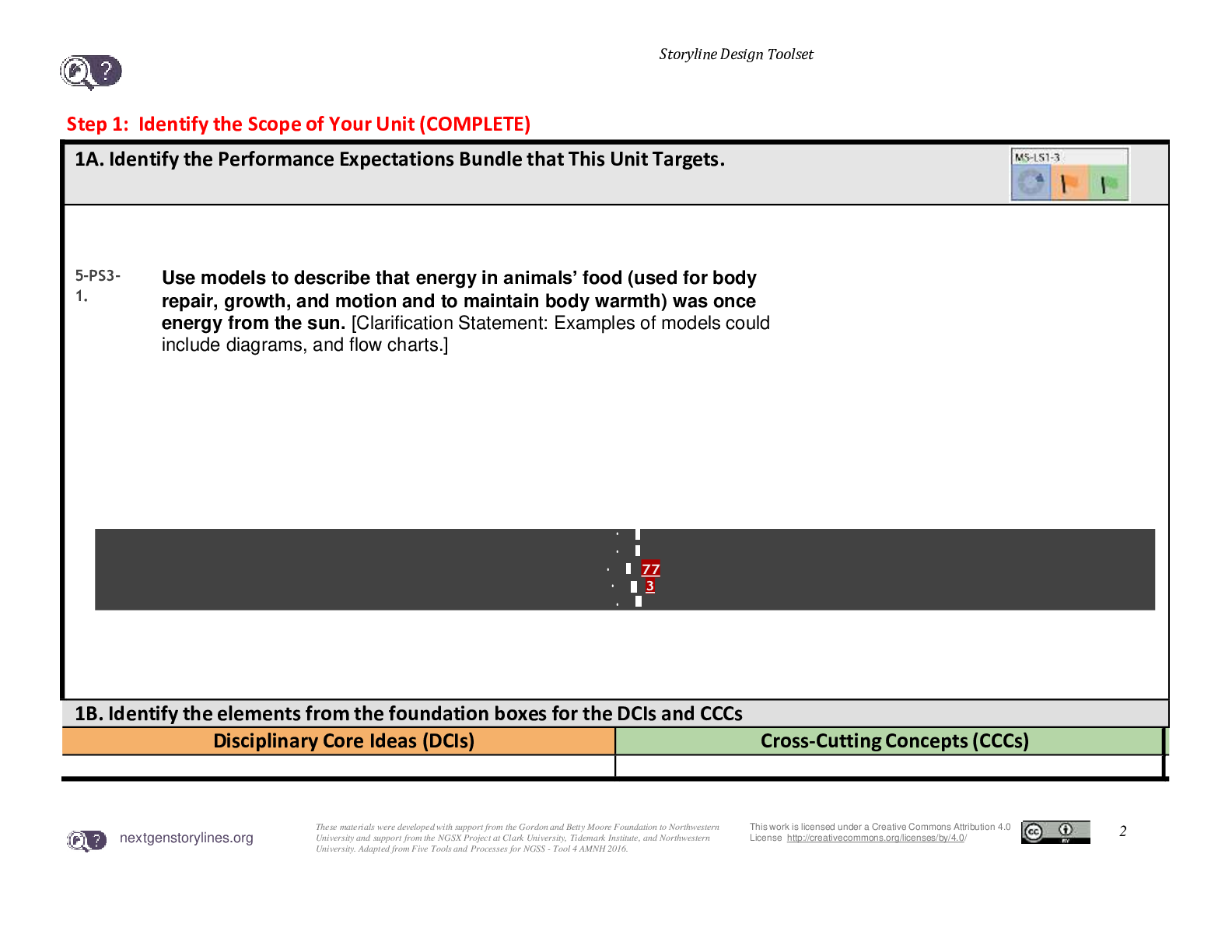
Instant download
Reviews( 0 )
Document information
Connected school, study & course
About the document
Uploaded On
Aug 10, 2021
Number of pages
11
Written in
Additional information
This document has been written for:
Uploaded
Aug 10, 2021
Downloads
0
Views
53

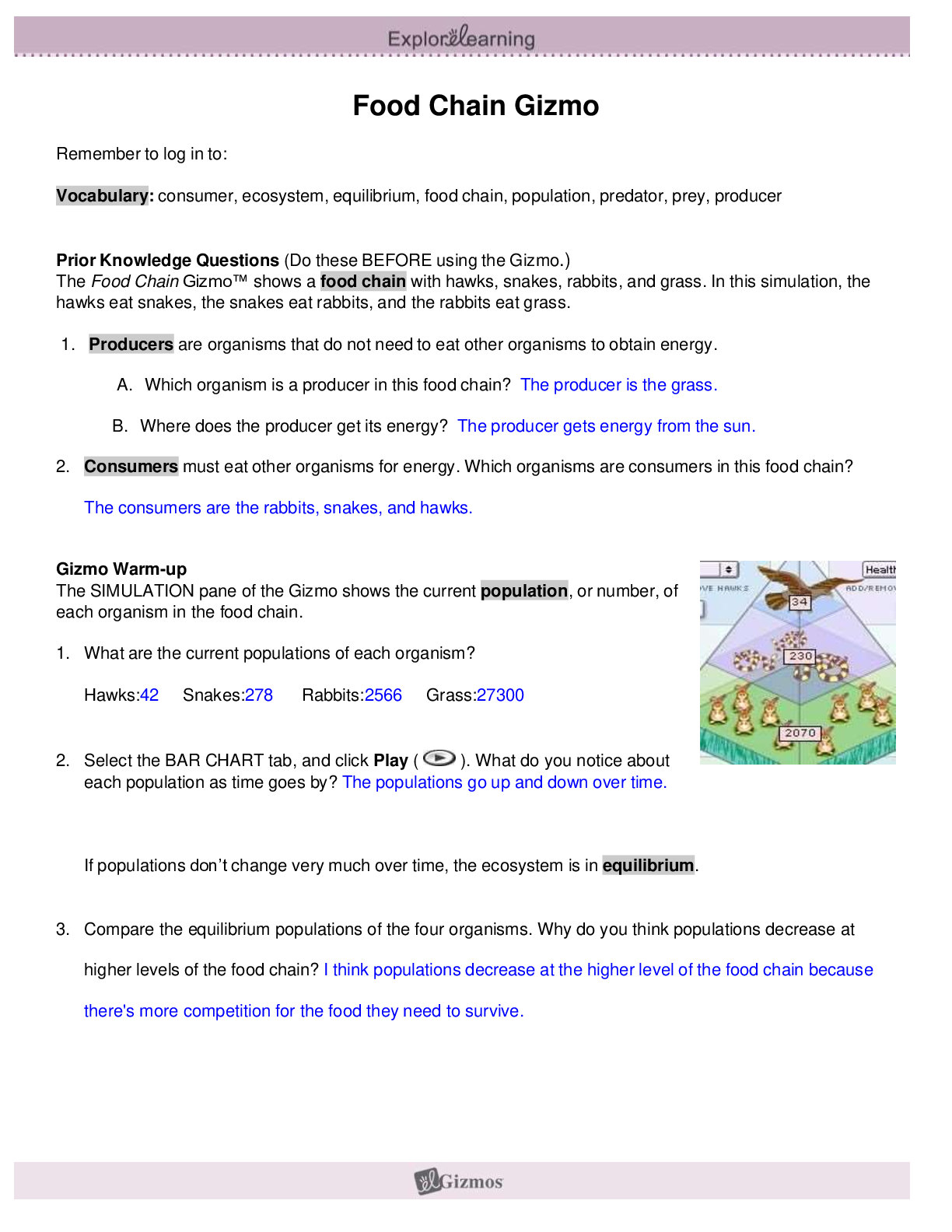
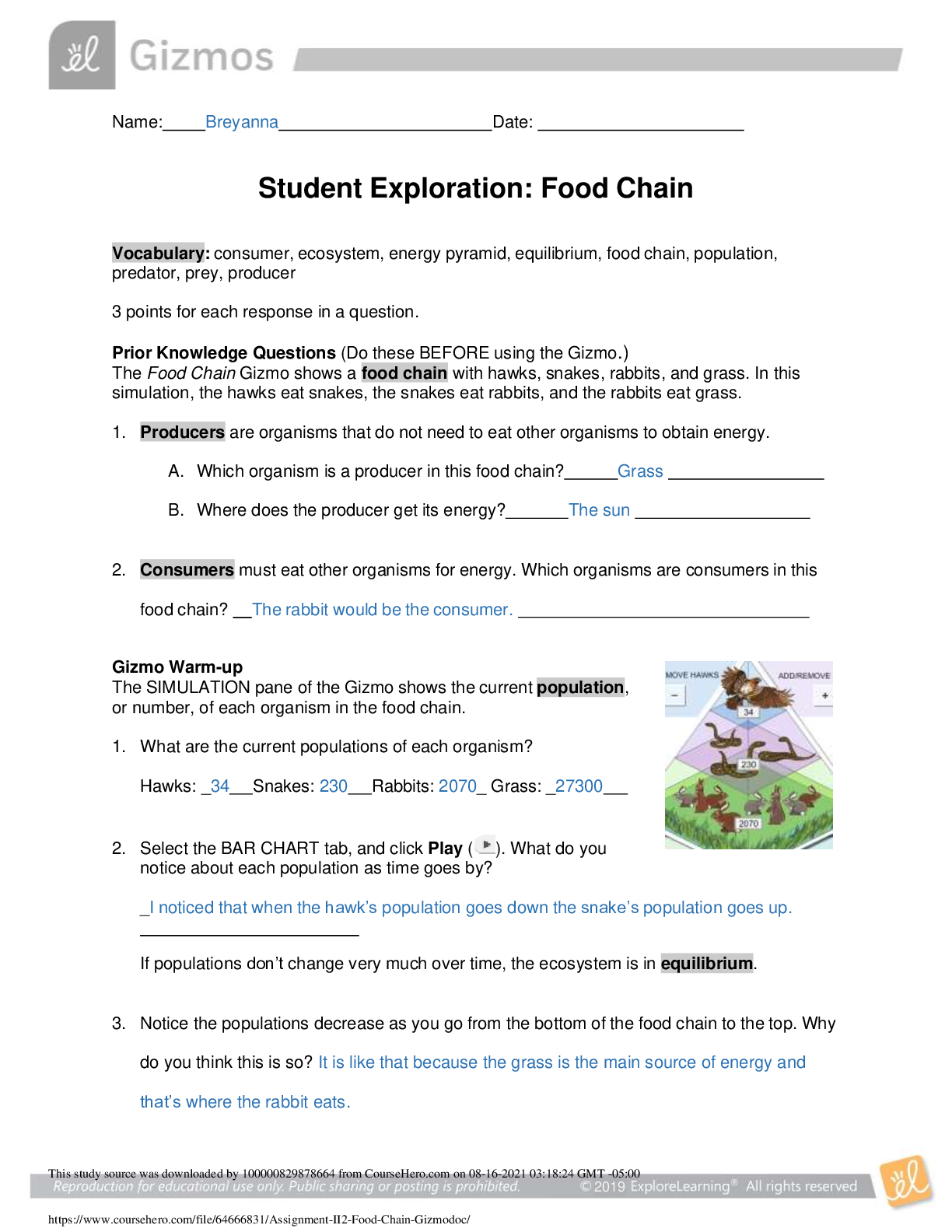
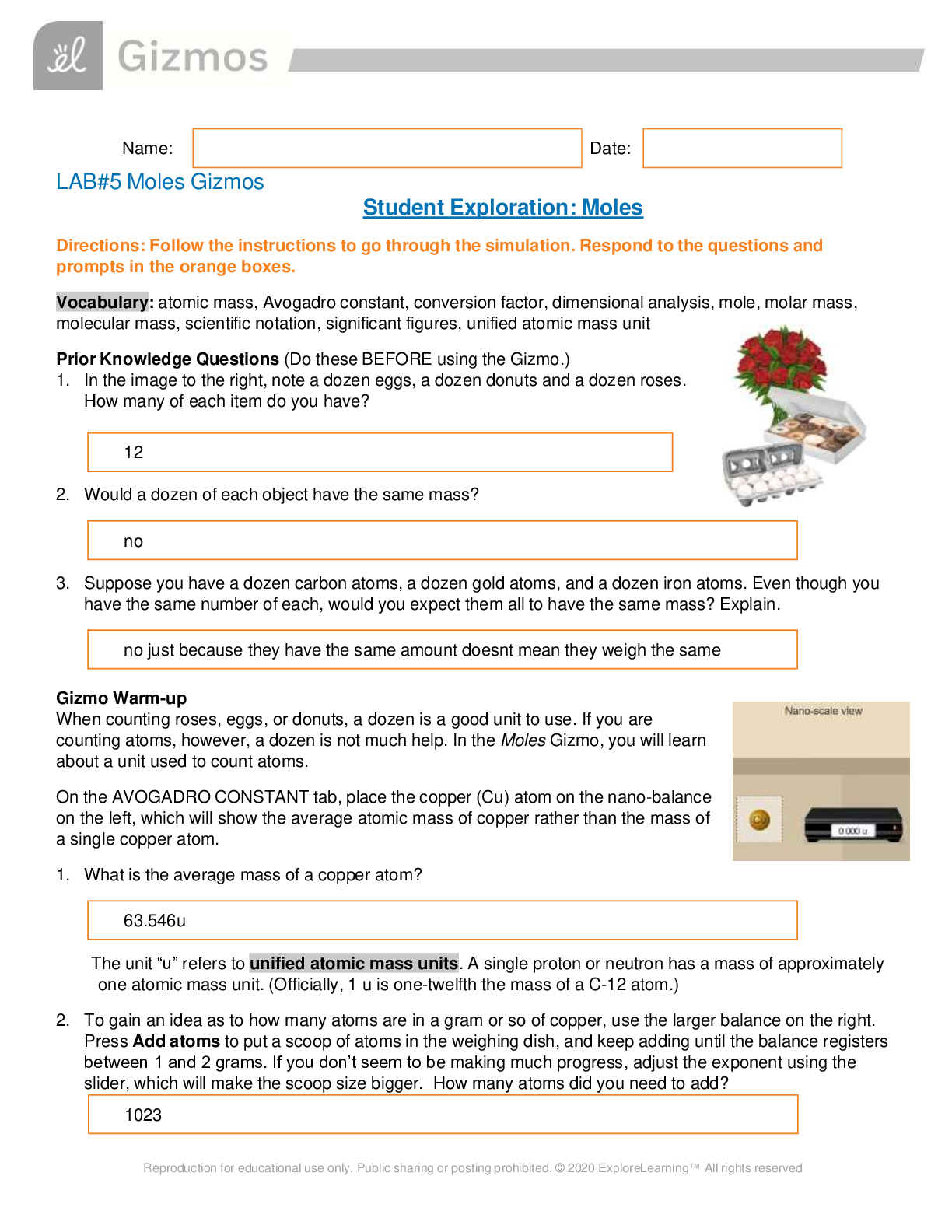
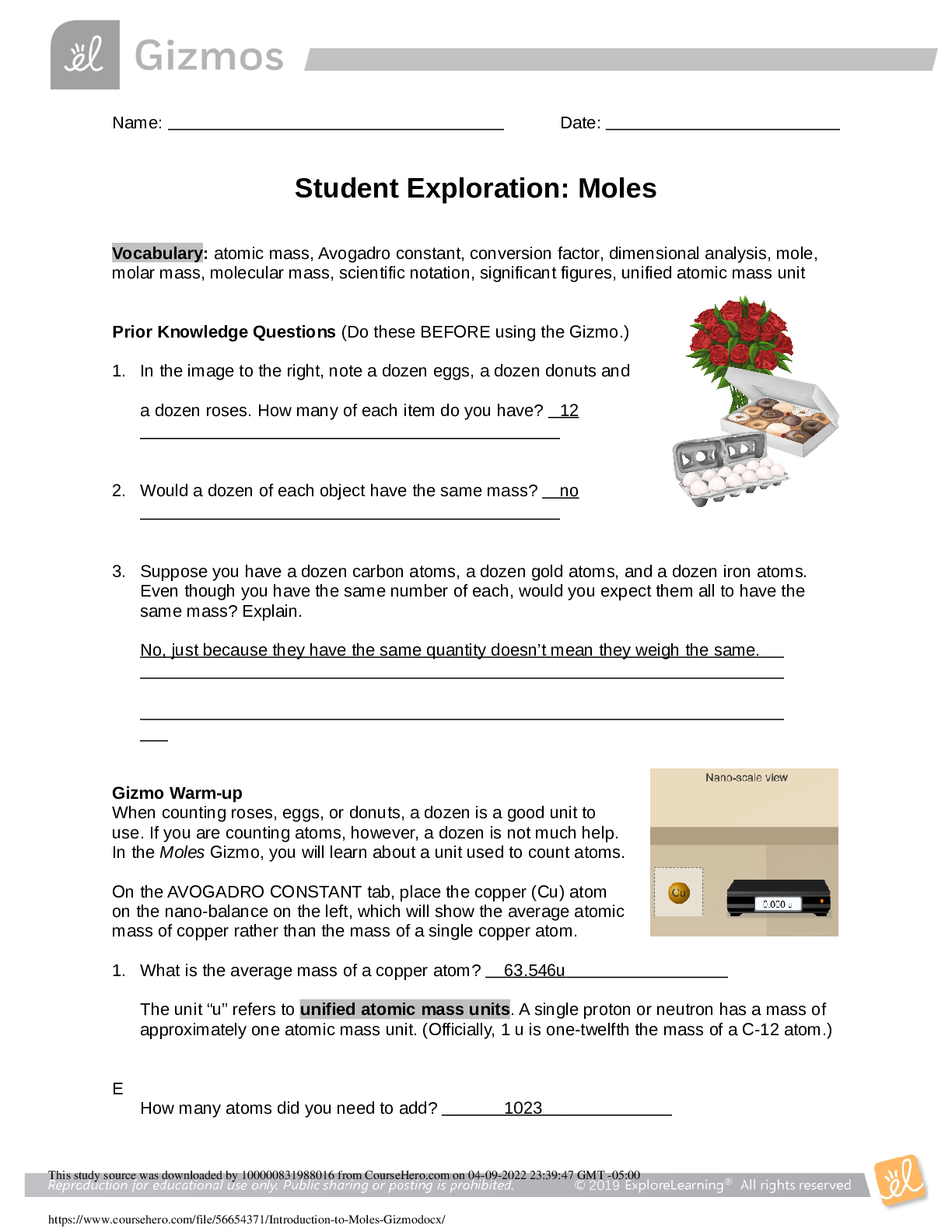

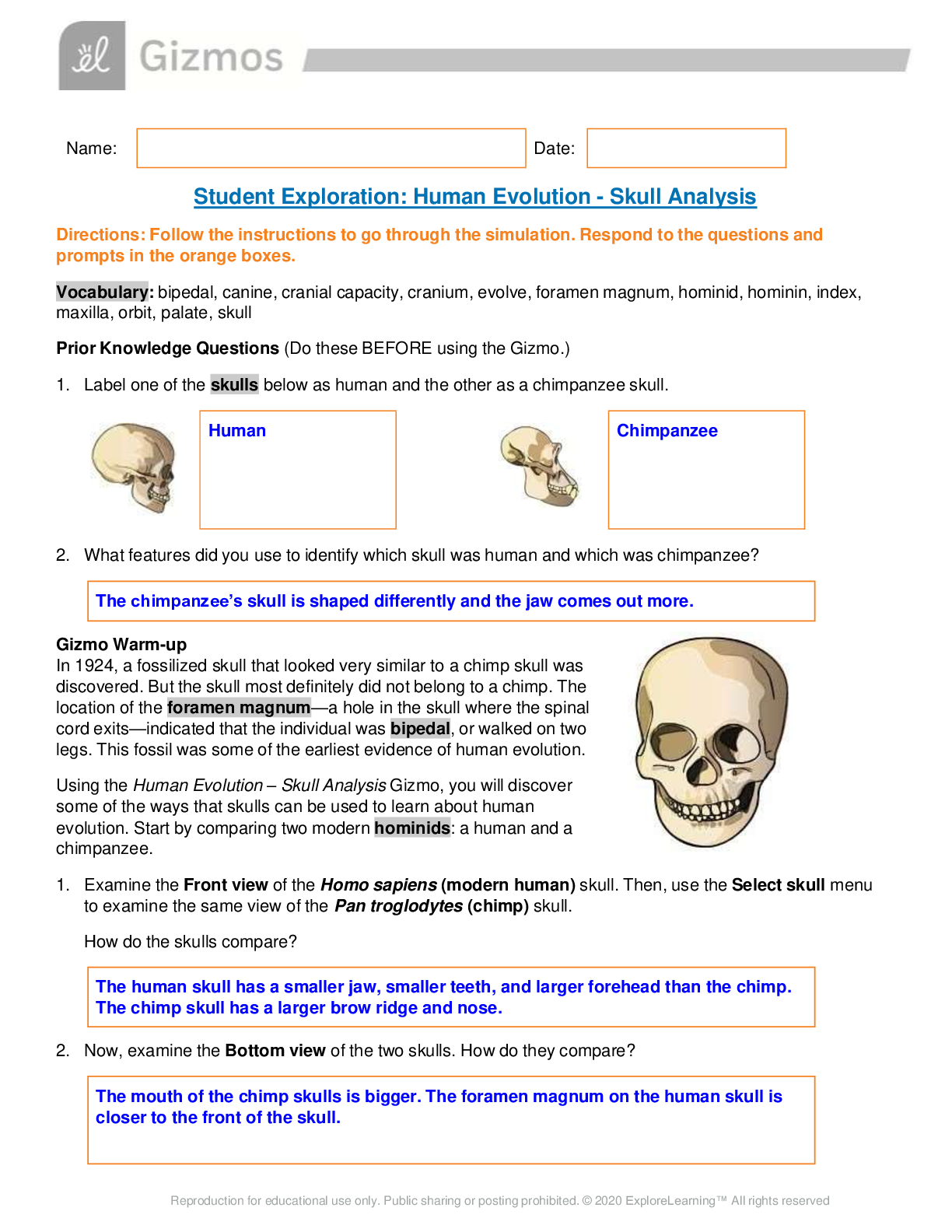

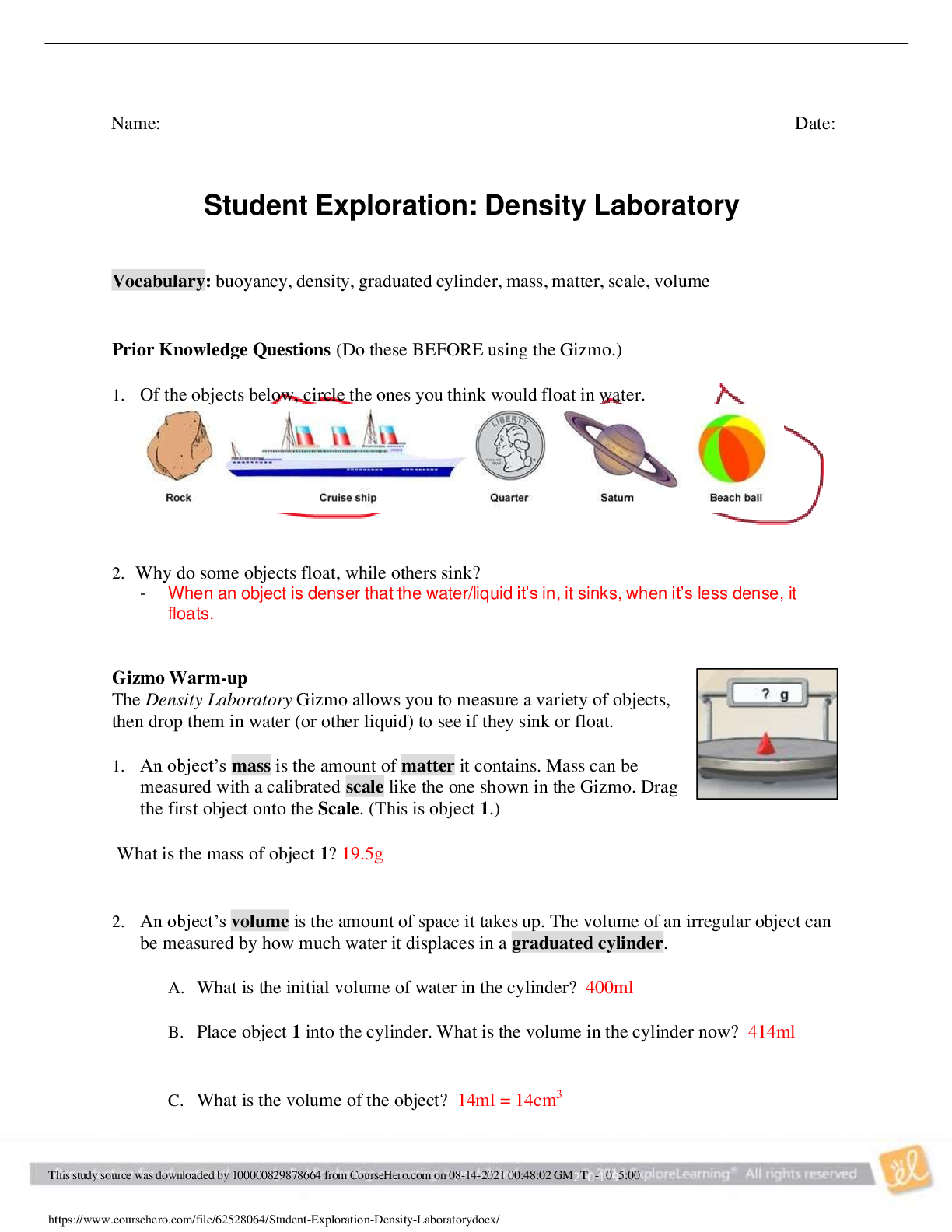


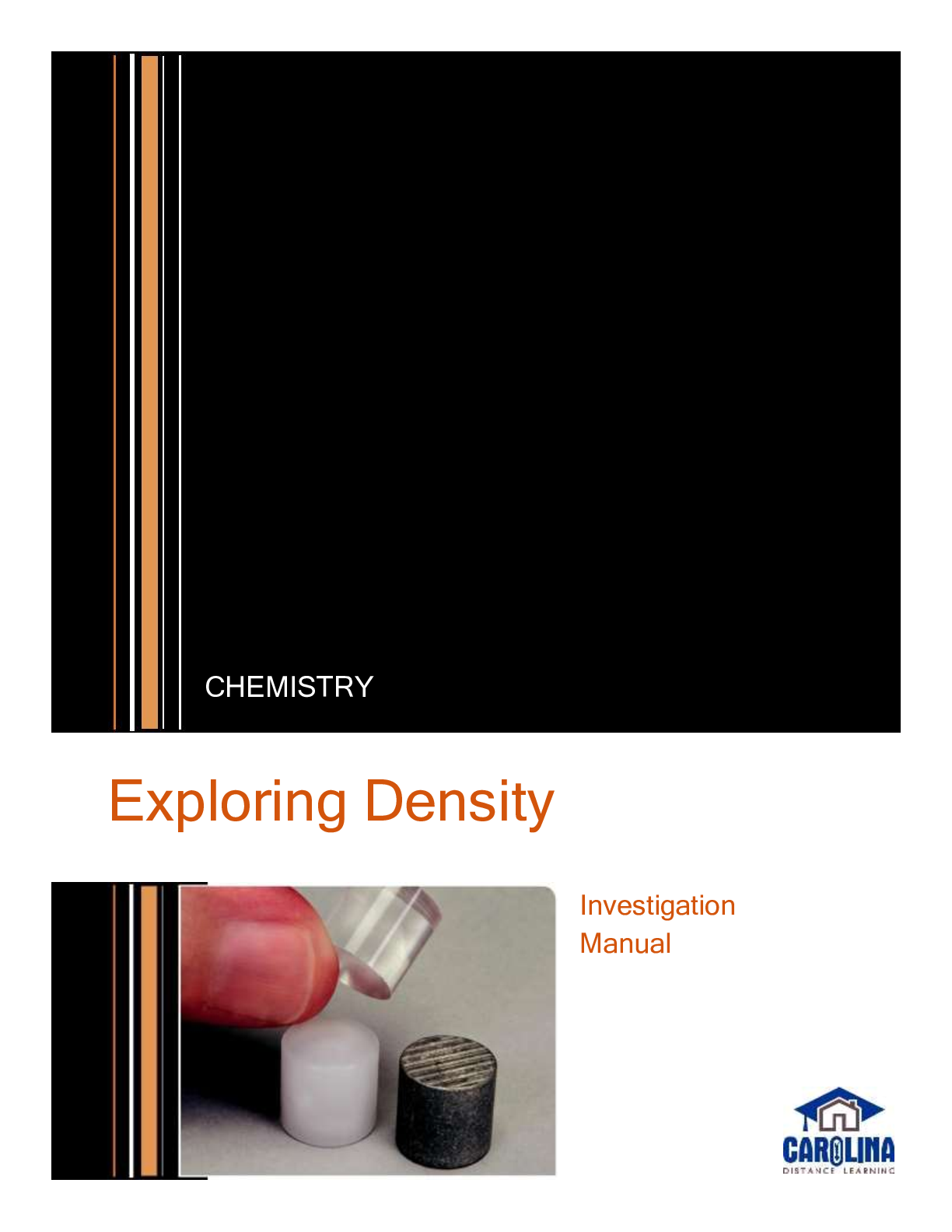
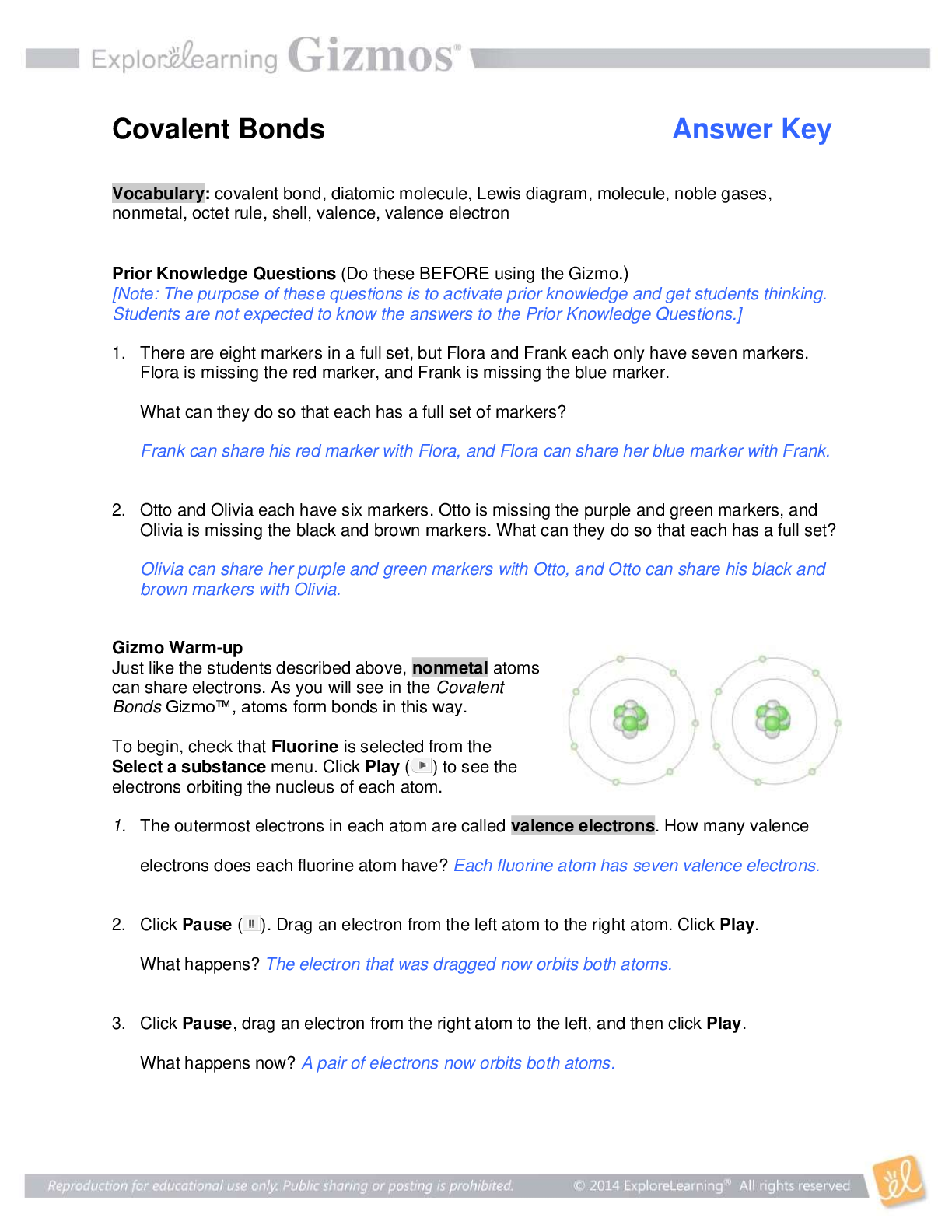
.png)
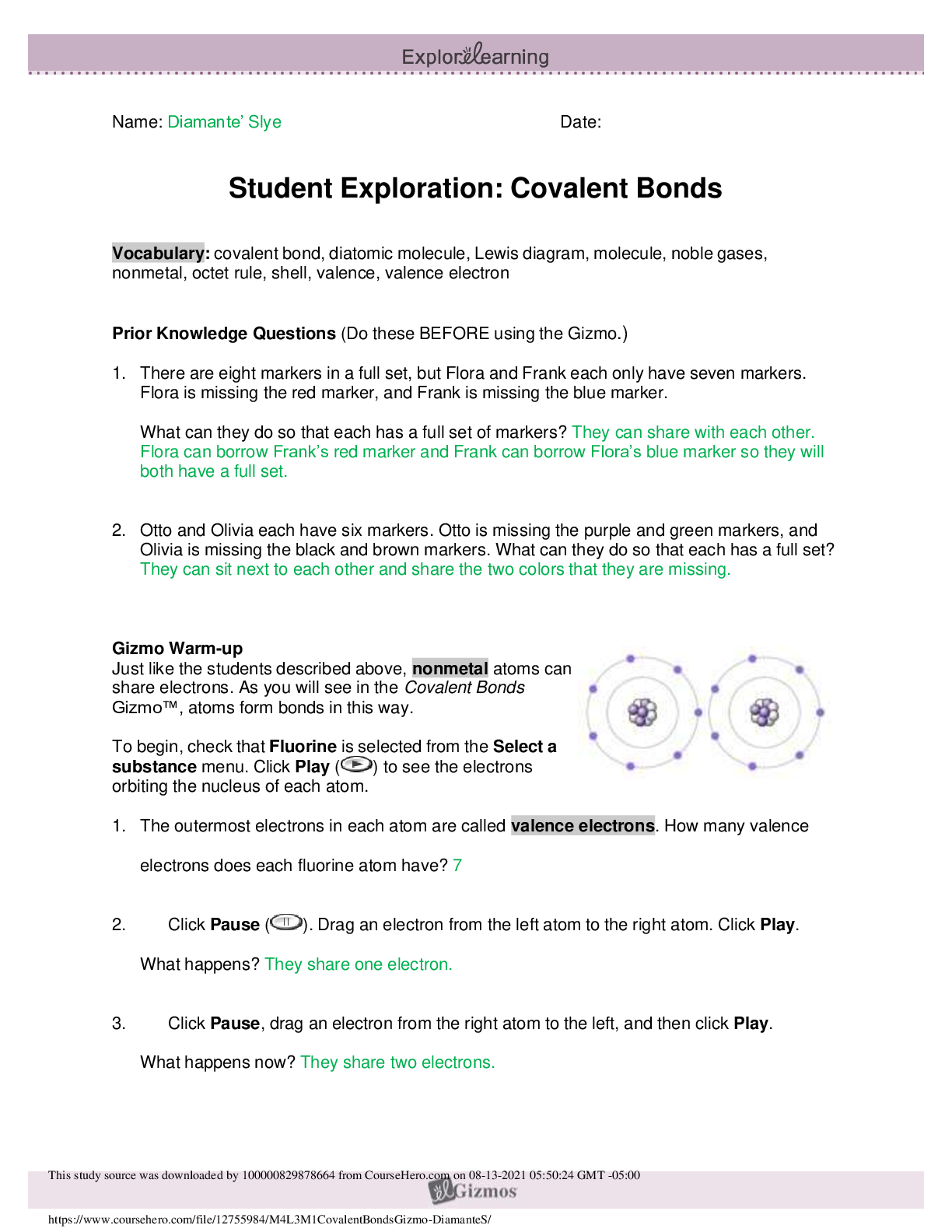


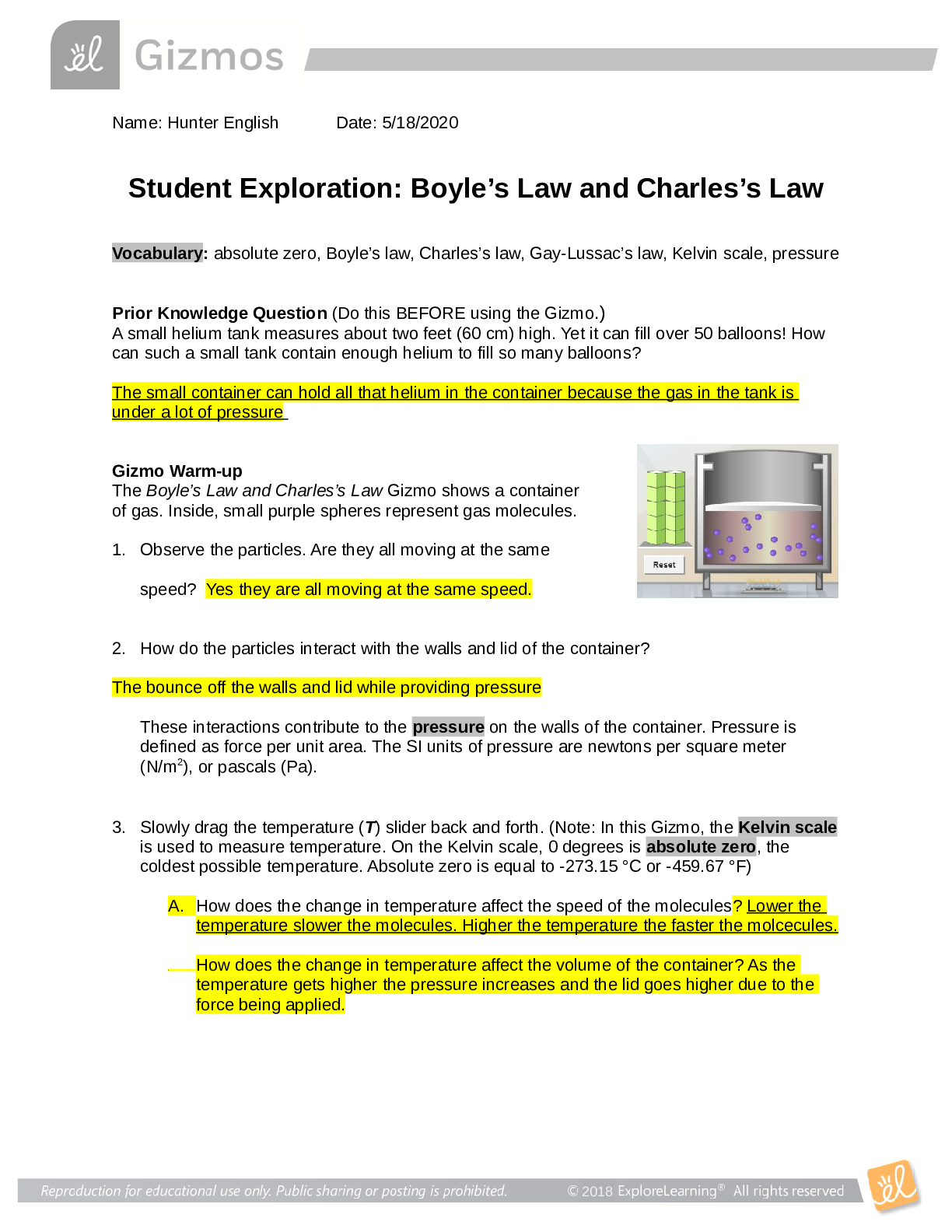
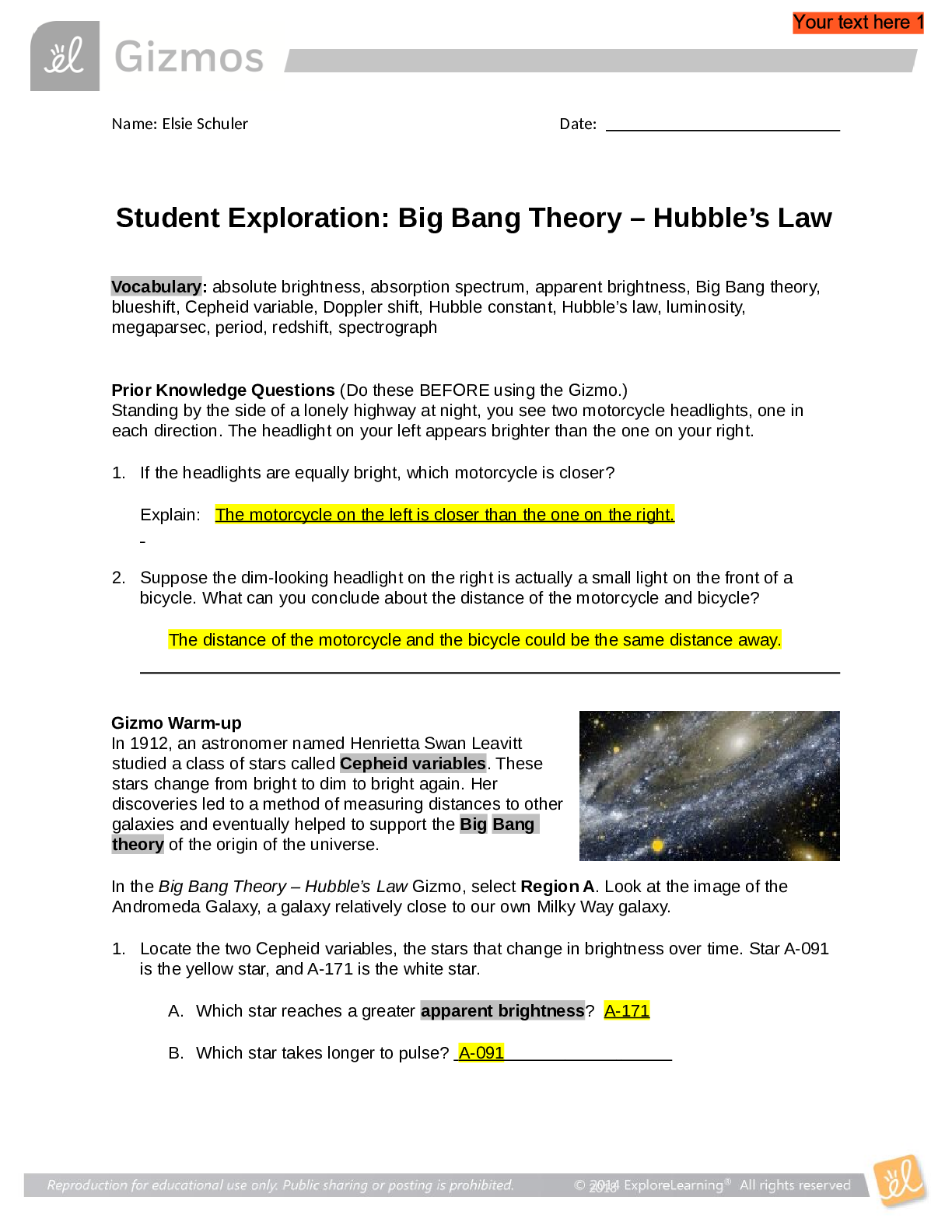


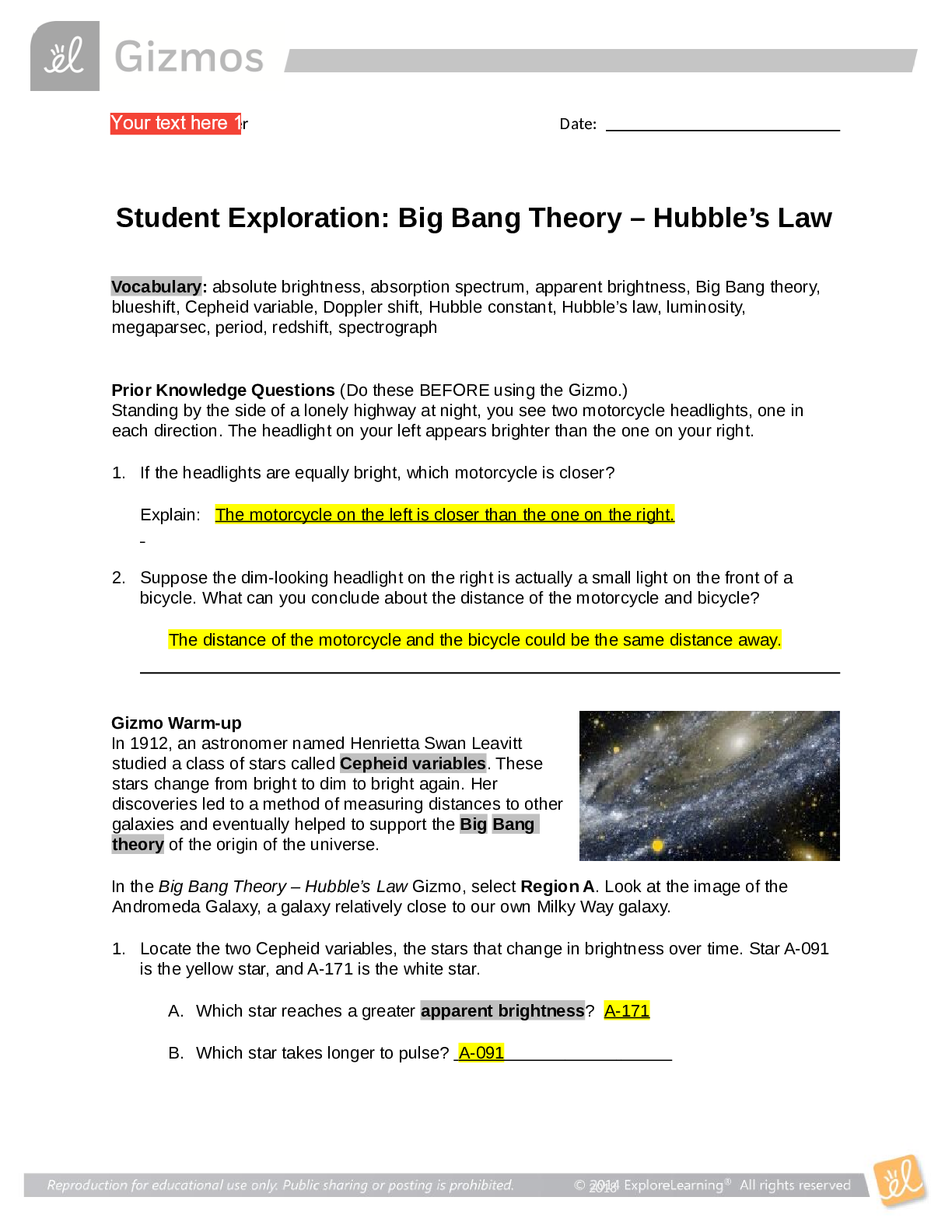
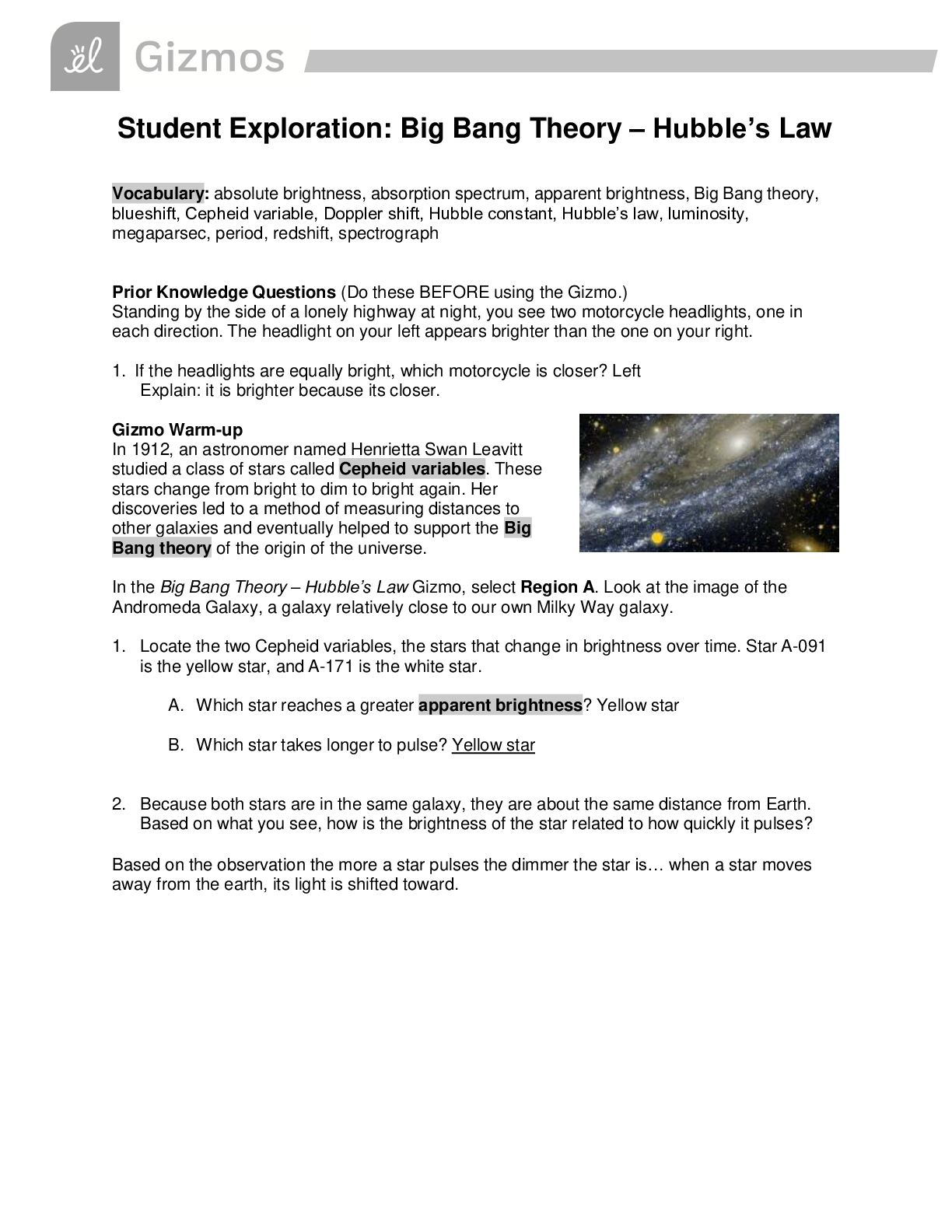

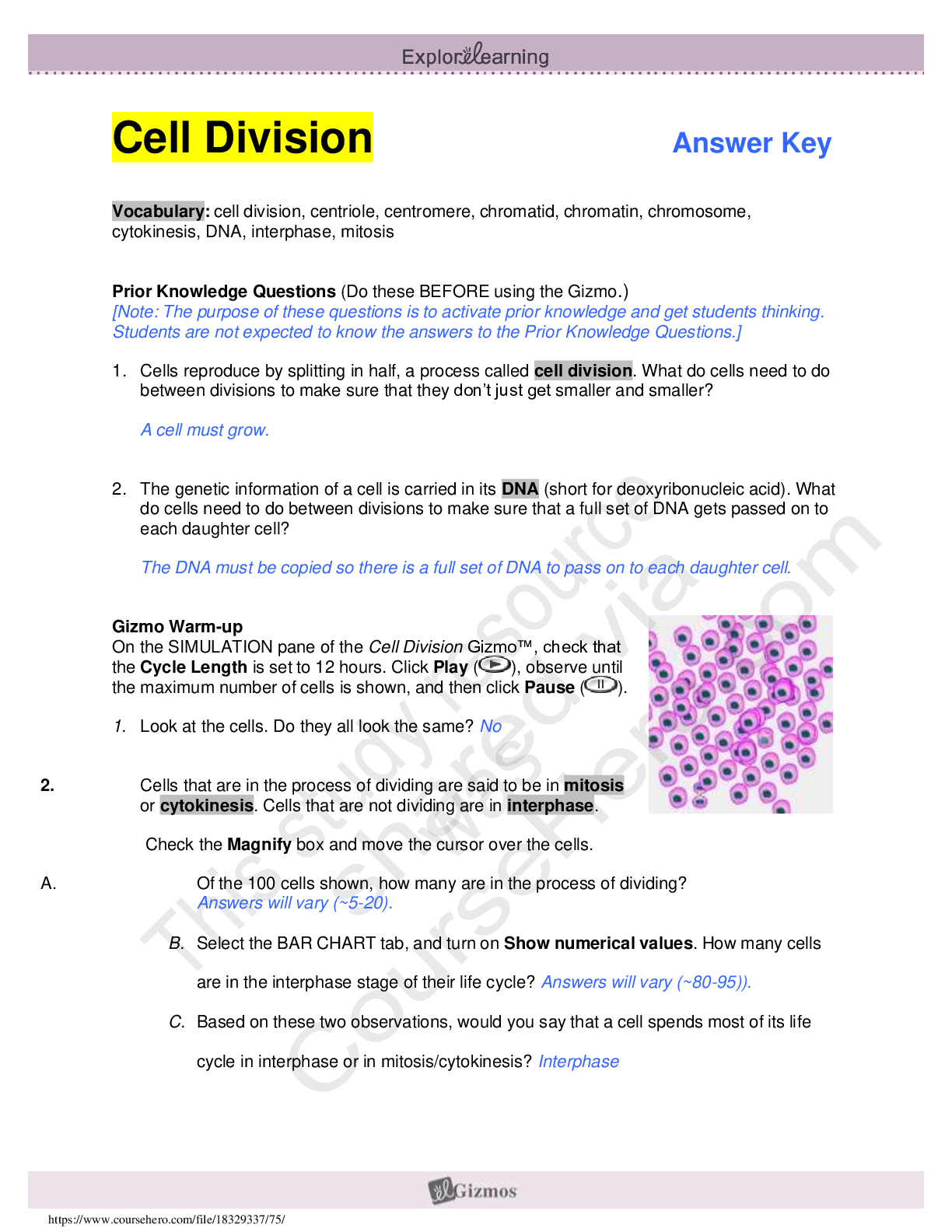
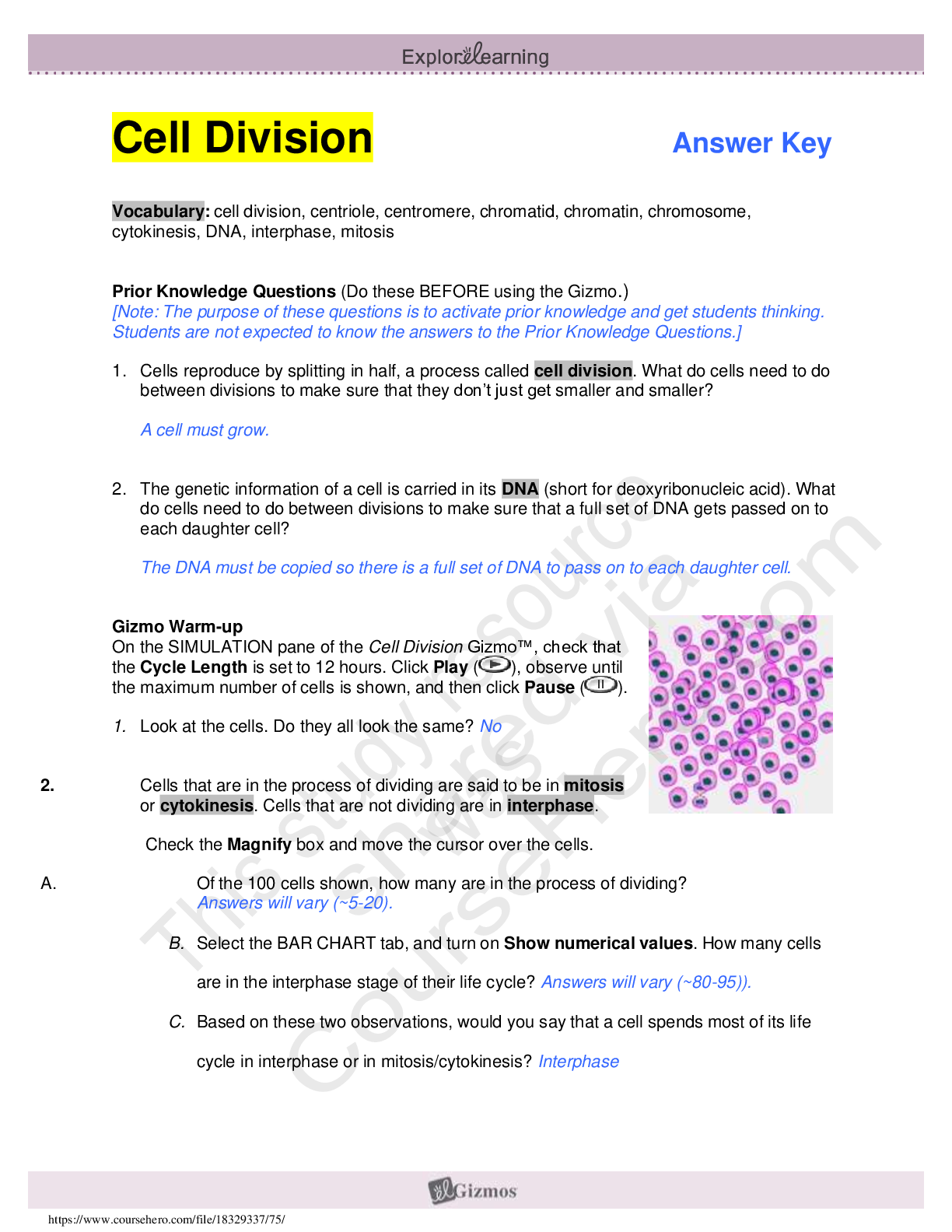
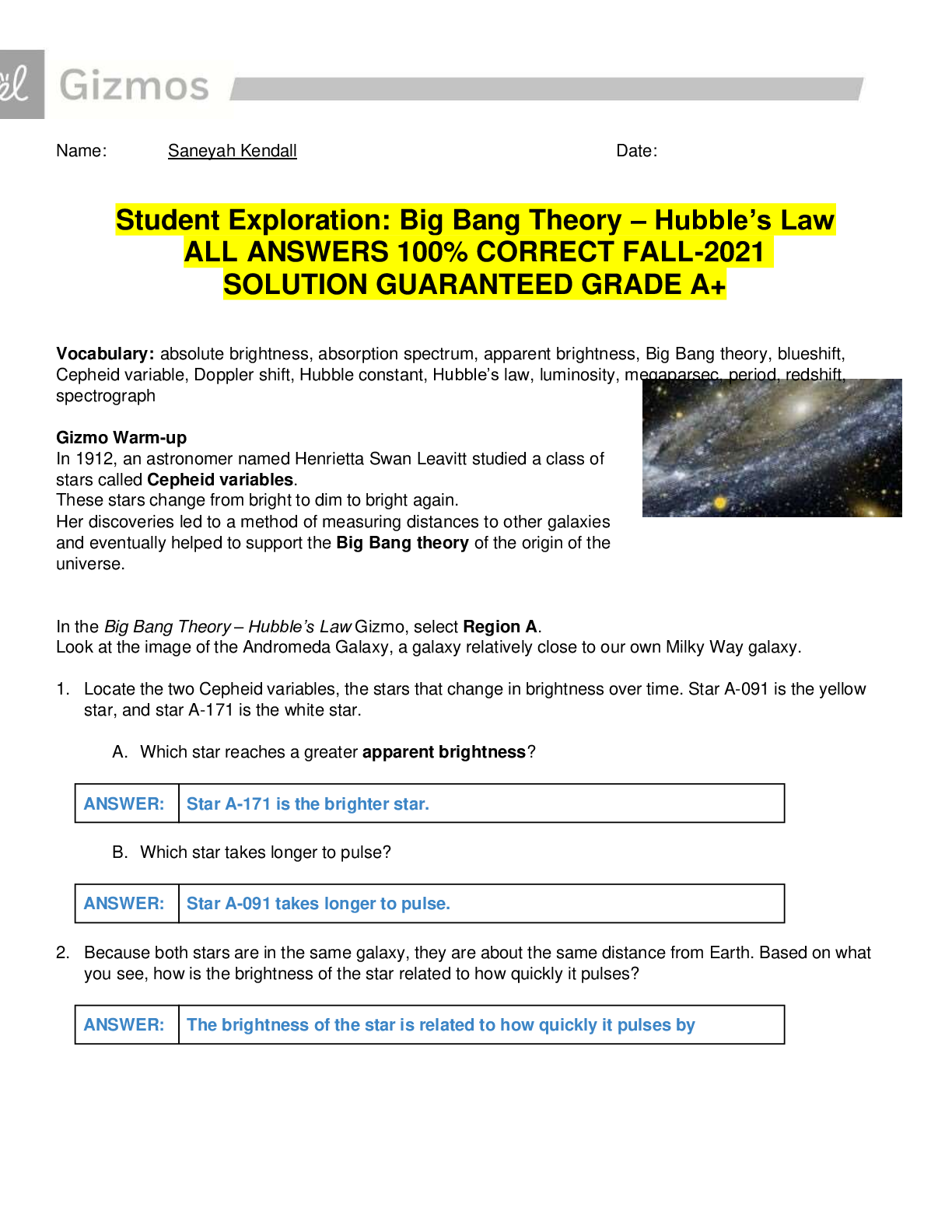

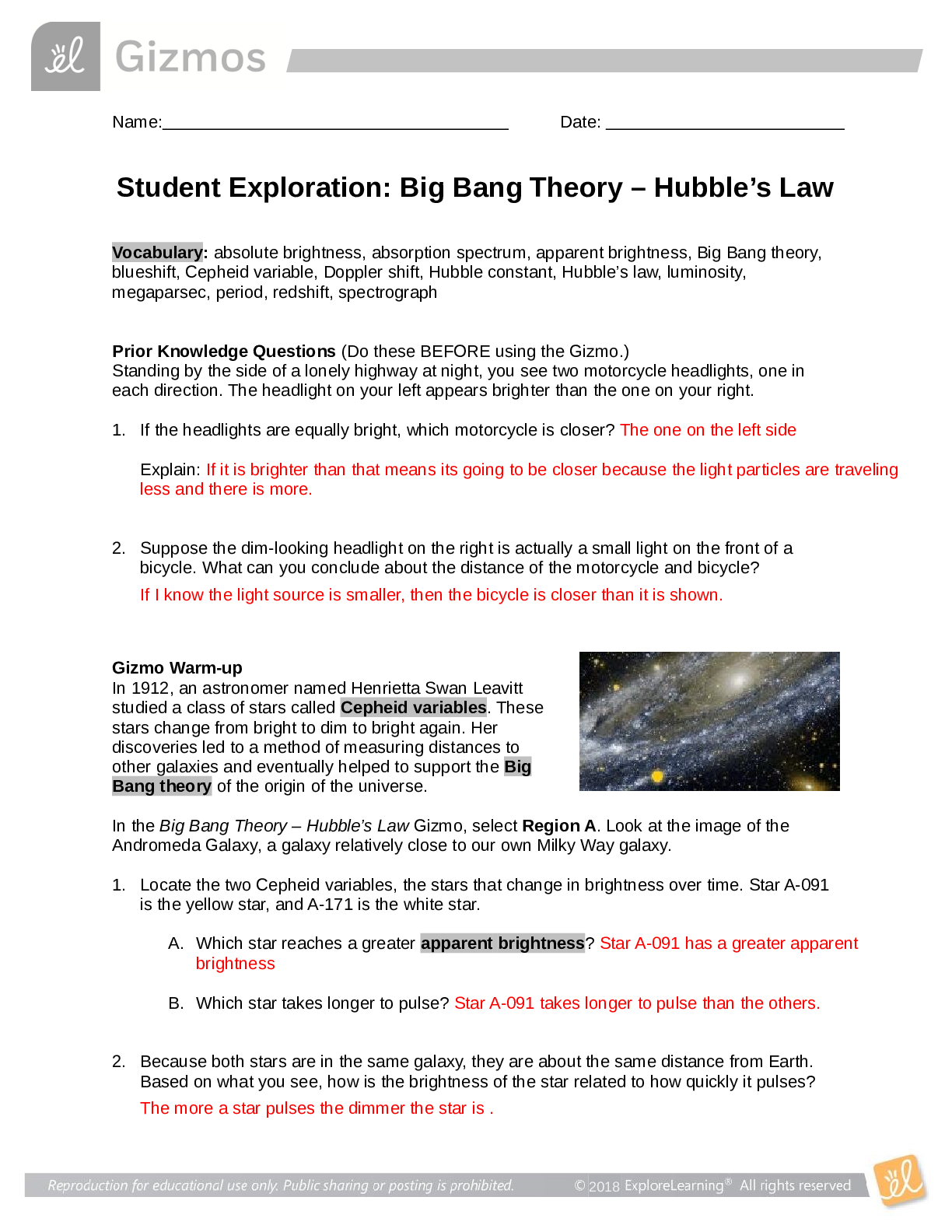
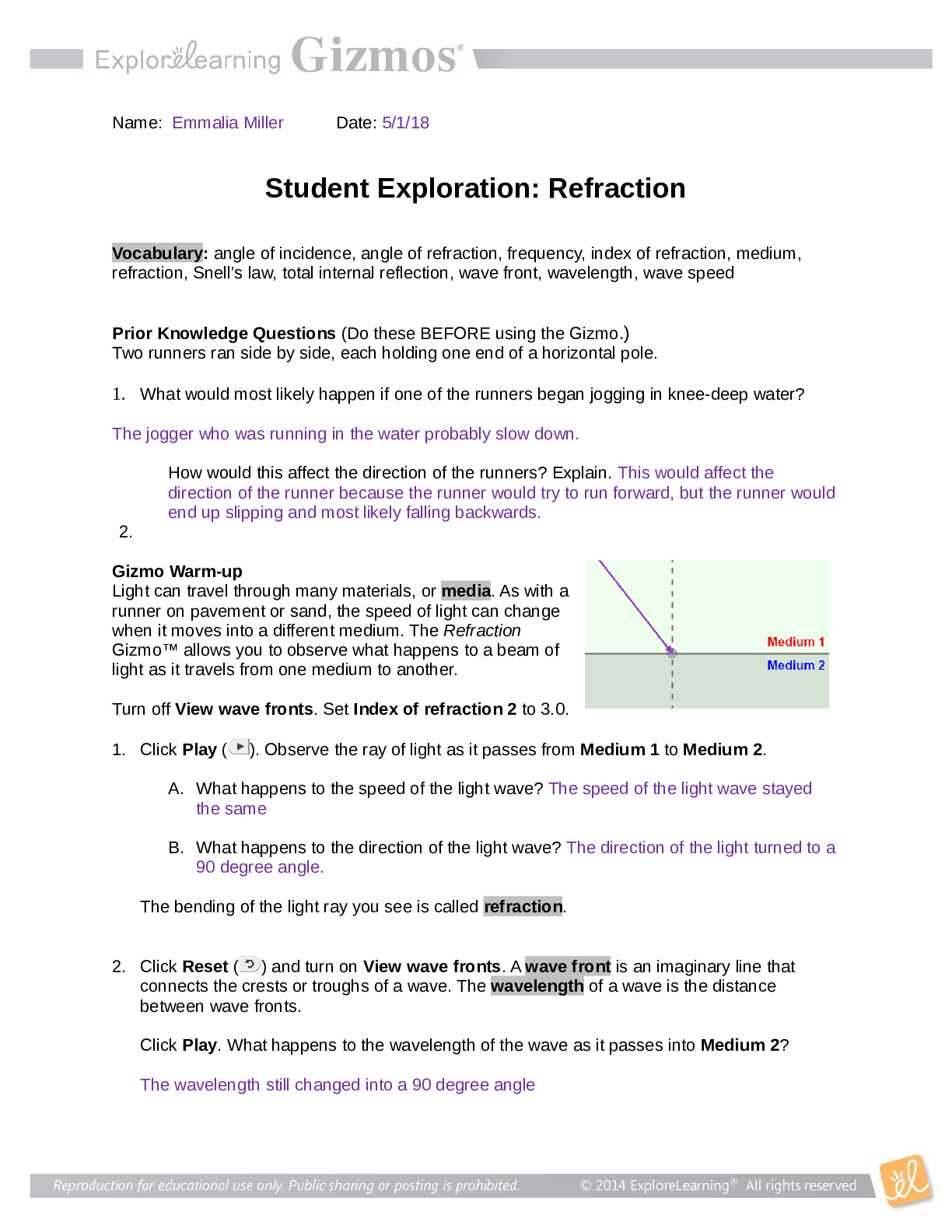

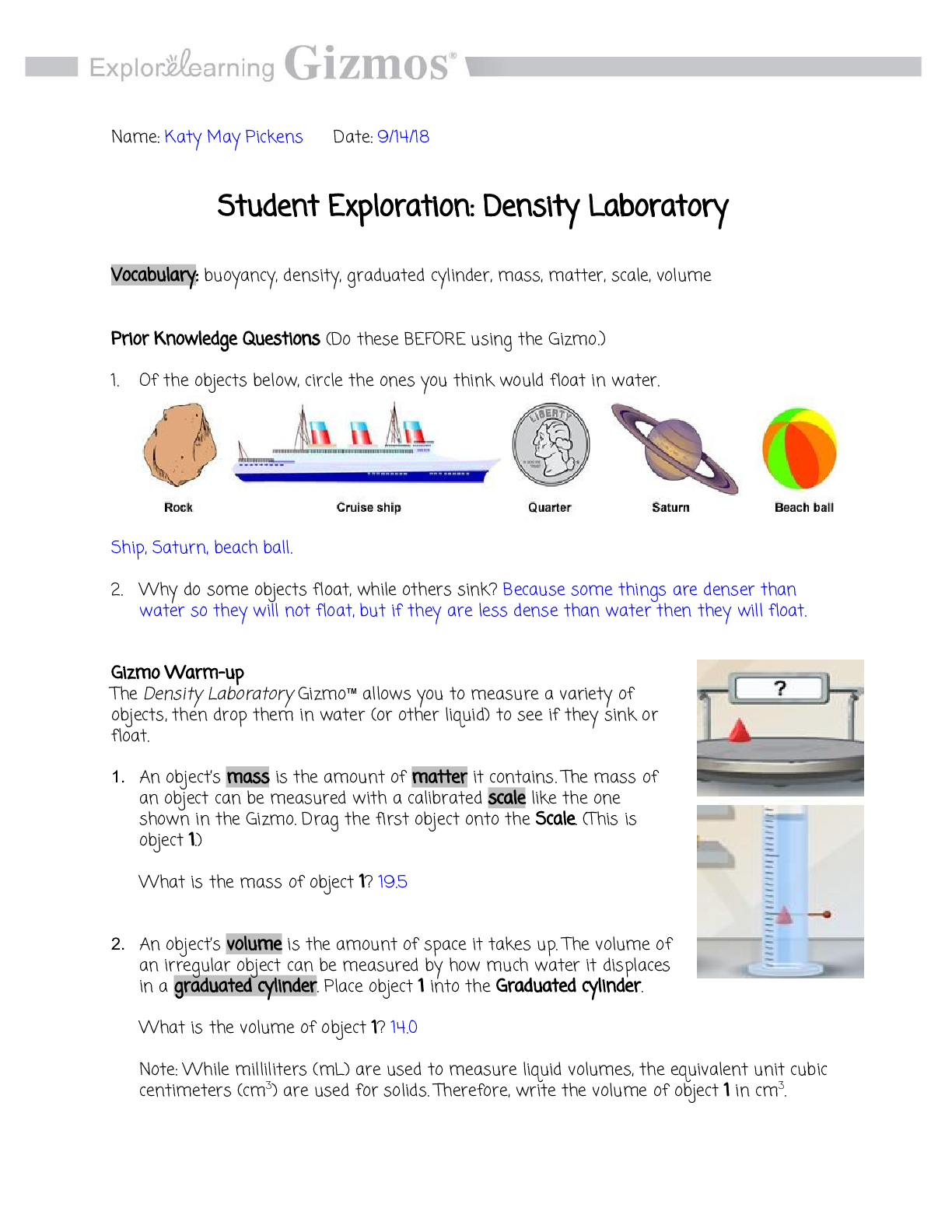
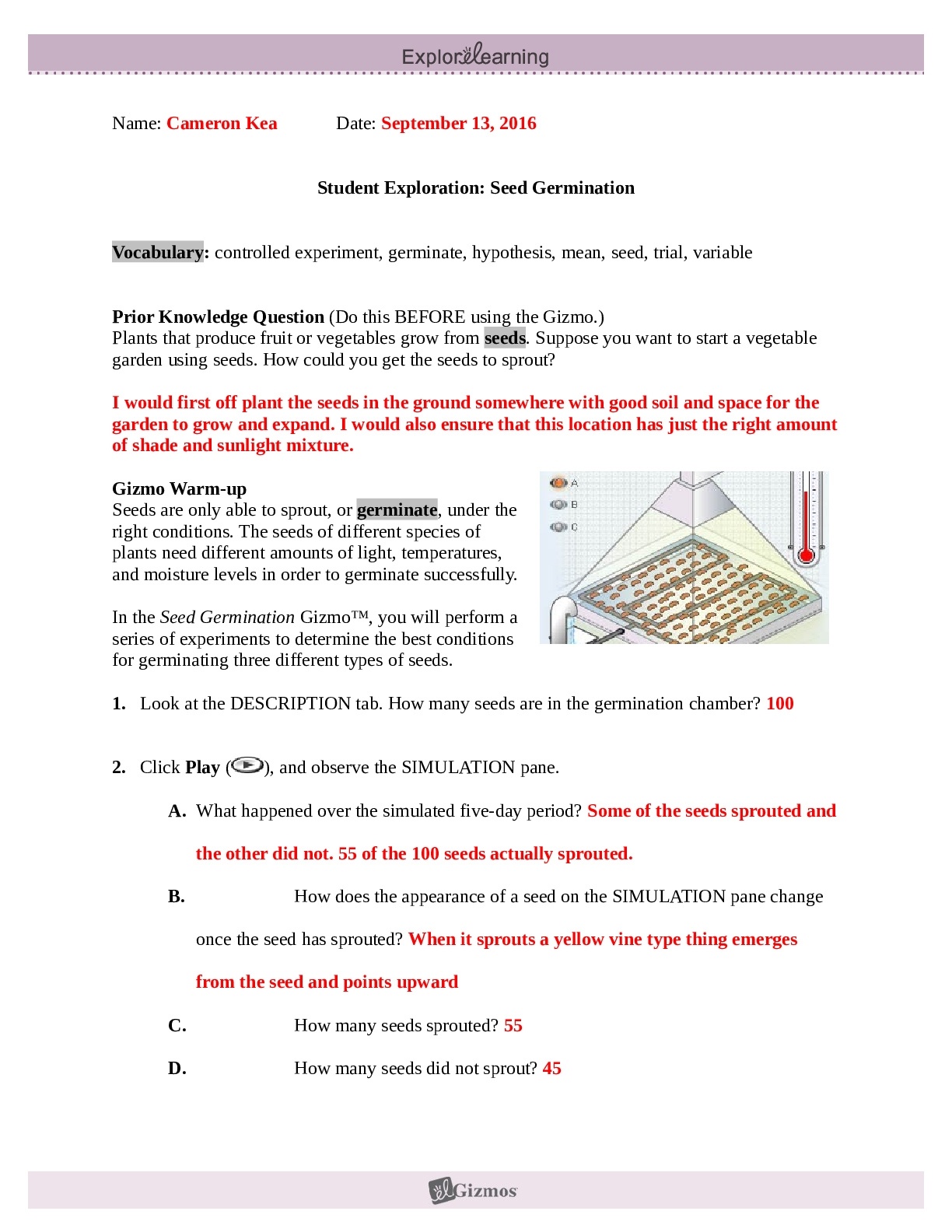

.png)


